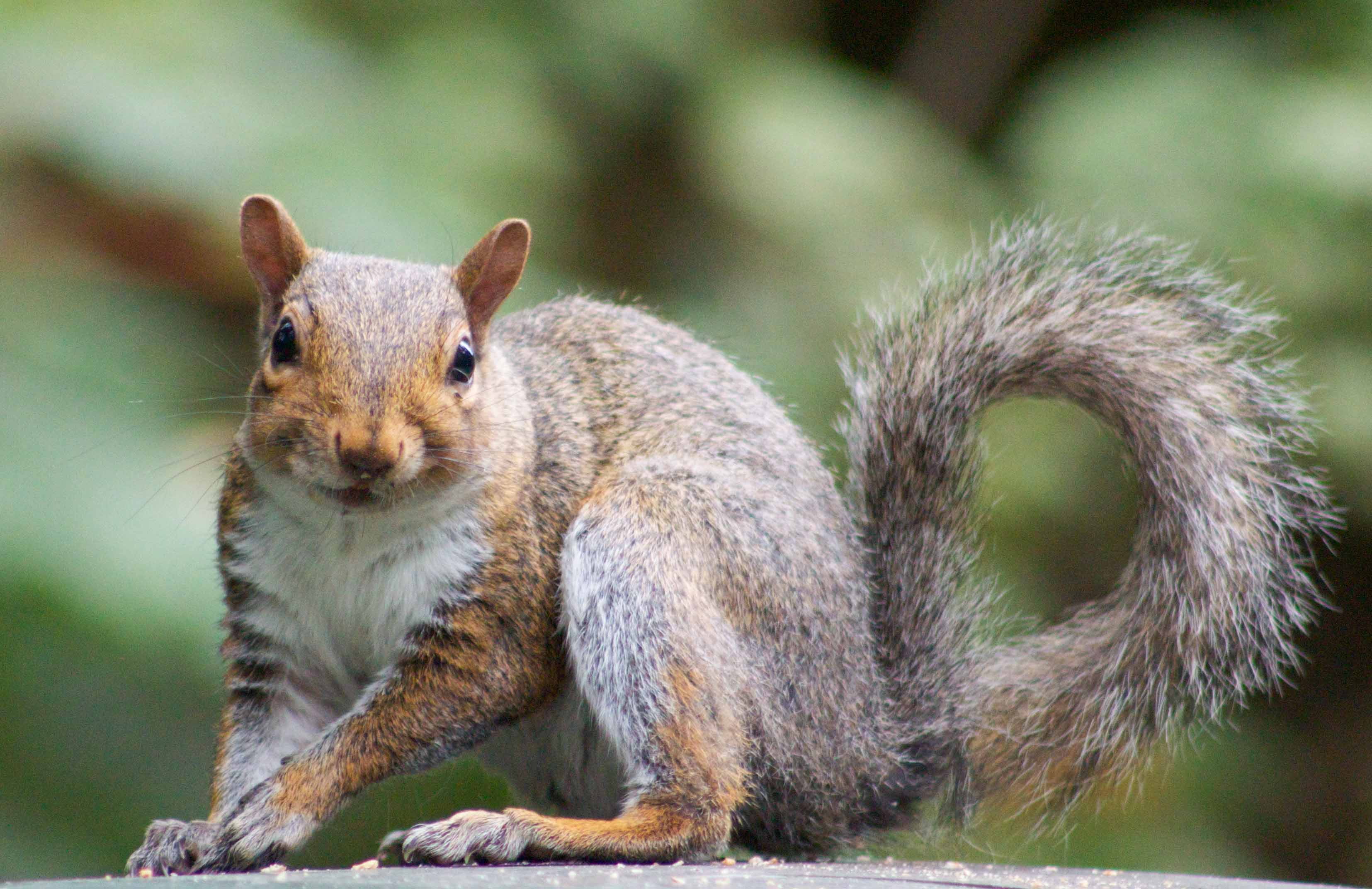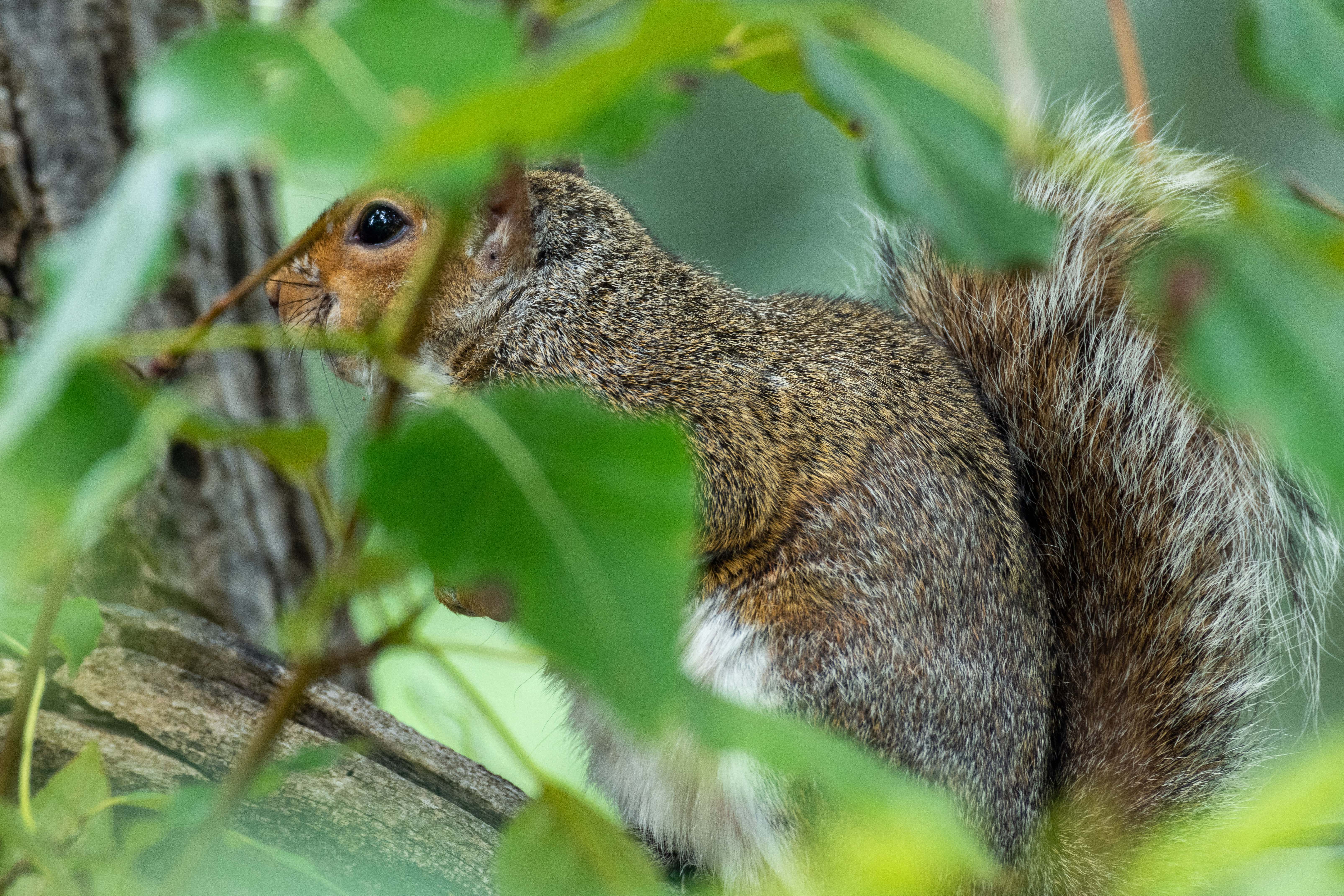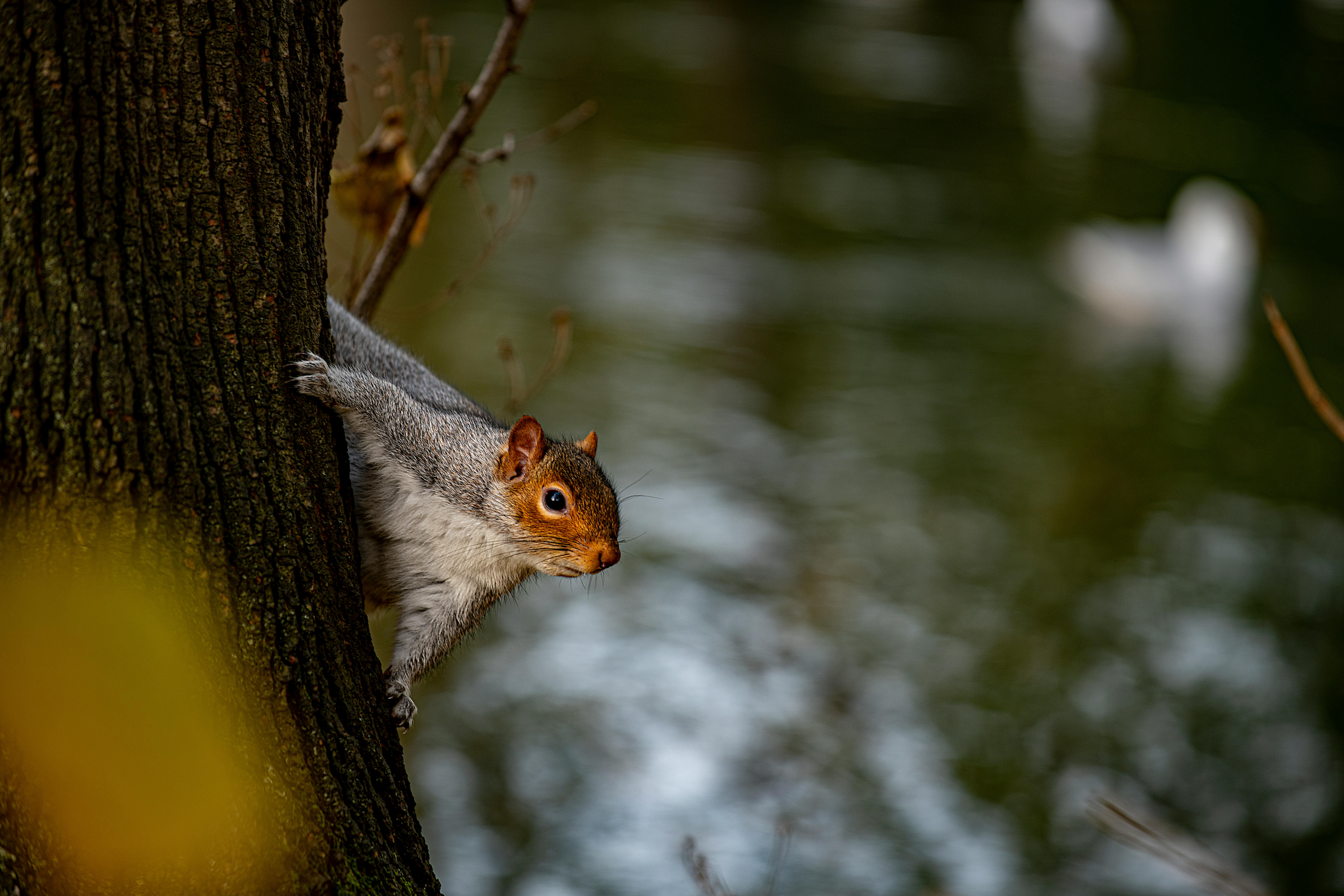

#Brown squirrel skin
The first being that they “fly.” More accurately, they stretch out their fore and rear legs to tighten the loose fold of skin connecting the extremities so that they can glide from branch to branch or tree top to ground. Southern Flying Squirrelįlying squirrels are unique in two ways. They measure 16 to 20 inches long, and weigh about 1.25 pounds. Key Characteristics: Arizona gray squirrels are recognized by their long, tuftless ears, gray fur, white- to cream-colored bellies, and bushy gray tails with white highlights.

It also feeds on juniper berries, fungi, and a variety of seeds and small fruits. Some of its favorite trees are walnuts, oaks, and pines, especially near a reliable source of water. One of three types of squirrels in Arizona, the Arizona gray squirrel lives in remote canyon bottoms and mountain ranges, between 5,000 and 6,000 feet in elevation, among deciduous forest habitats. The size is similar to that of eastern gray squirrels, but the Arizona gray squirrel is a bit leaner, averaging 1.25 pounds. It has tall, prominent ears without tufted tips, and a bushy gray tail highlighted with white-tipped hairs. This is another mostly gray colored squirrel with lighter underparts. The Arizona gray squirrel’s range is restricted to parts of Arizona and New Mexico, perhaps crossing into Mexico. They present an overall steely gray coloration with lighter fur on the undersides and a long, bushy, silvery-colored tail. Key Characteristics: Western gray squirrels typically measure 18 to 24 inches long, and may weigh more than 2 pounds.

They feed on seeds, nuts, tree buds, berries, fungi, leaves and twigs, as well as the occasional birds’ eggs and nestlings. A mature forest habitat with a well-established canopy and a diverse offering of vegetation is essential for western gray squirrels to thrive. They may also be found in stands of Douglas fir where some oaks or pines are mixed in. Western gray squirrels have an affinity for pine trees and oak trees. The two species can easily be mistaken for one another, but the western gray squirrel is differentiated by its steely gray coloration, slightly larger size, longer tail, and more prominent ears. In contrast to the ubiquitous eastern gray squirrel, the western gray squirrel’s range is limited to the Pacific Northwest. Overall length is 16 to 20 inches, and average weight is 1.5 pounds. Coloration varies from white to black, but the typical coloration is gray above and lighter beneath. Key Characteristics: The eastern gray squirrel is one of the most common squirrels in North America. Their preferred foods include seeds, nuts, and berries, but they can become omnivorous, feeding on insects, bird eggs and juveniles, as well as amphibians, when their favorite foods are scarce. They are found in mixed hardwood forests, as well as suburban and urban environments. It’s also been introduced to parts of the West. The eastern gray squirrel is one of the most common types of squirrels in Ohio, the Midwest and the rest of eastern North America. They measure 16 to 20 inches in length, and weigh up to 1.5 pounds. Individuals can be white, black, or blond. Gray squirrels may also display variations from the typical color. Their undersides are normally white or light gray, and the flattened, bushy gray tail features silver-tipped hairs. Eastern Gray SquirrelĮastern gray squirrels have bushy tails and a blend of black, white, and brown fur that appears gray when viewed from a distance.


 0 kommentar(er)
0 kommentar(er)
